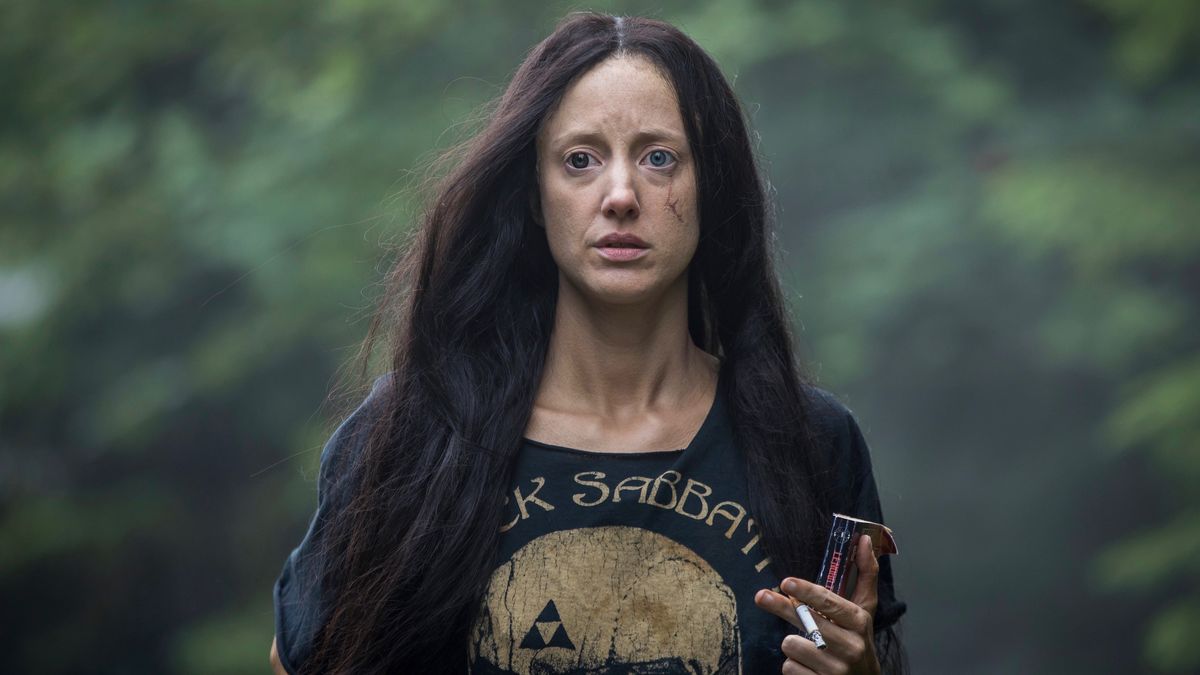|
Though it might push the doomsday clock closer to midnight, spycraft aficionados rejoice at the reemergence of Russia as a global adversary and therefore a stock villain in Hollywood movies. A few seconds more towards nuclear annihilation is a small price to pay if it means more dead drops and surveillance on the big screen. Francis Lawrence’s Red Sparrow doesn’t even bother to place its tale of Russian espionage during Soviet days, preferring to set itself in the modern day. One can imagine the marketing team saying a prayer of thanks when Maria Butina was arrested in the months before its release. Serendipitously relevant only in the broadest geopolitical sense, Red Sparrow is a perfectly fine thriller, albeit one with little to say about the modern Russia its wunderkind spy lives in.
0 Comments
Hirokazu Koreeda’s naturalistic films layer emotional truth onto high-concept family dramas. Still Walking is the least high-concept of his films that I’ve seen, but that doesn’t diminish its potency. Koreeda brings it early, reminding the viewer how superb he is as a crafter of achingly real cinema with a simple scene of a hobbled old man on a morning stroll greeting his neighbors. Elegance and poignancy from something so elemental makes Still Walking, like all of Koreeda’s family dramas, instantly watchable and endearing.
As far as critically acclaimed actors adapting their teenage lives into directorial debuts go, Jonah Hill was scooped by Greta Gerwig by nine months. Where she put the equivalent of her early-2000’s senior year of high school in Sacramento onscreen in Lady Bird, Hill goes further back for his exploration of LA skate teens in Mid90s. Though the background comparison invites itself, the aims and scope of the films stops there. Lady Bird took a more holistic view of the people around its protagonist, from her friends to her parents and her teachers, while Mid90s exists solely in the head of its lead and how he’s perceiving the world around him. Hill’s narrow perspective provides an intimate look at a kid learning, for good and ill, how to be a man as he rides his board down city streets.
Remakes of European horror films in English often reveal what the adapter thinks of their audience. Swedish vampire film Let the Right One In left much of its plot hidden in subtext while its violent eruptions were alluded to off-camera, but the American version, Let Me In, made relationships as clear as possible and upped the budget for action sequences. That I prefer the latter to the former might say something about my cinematic tastes, and this pattern has repeated itself with the remake of Suspiria. Dario Argento’s staple of Italian giallo horror makes little sense plot-wise, instead relying on a timeless score and stunning cinematography to create an unnerving mood and an unpredictability that fans would call a feature instead of a bug. Luca Guadagnino’s version puts the plot in the forefront while holding onto the mood and the grand setpieces, draining the film of mystery but compensating with jaw-dropping sequences of body horror, historical relevance, and incredible performances. Film isn’t only about story-telling, sure, but once again, the version of a classic horror tale that doesn’t obfuscate is my preferred flavor. I guess I prefer an explanatory, though naturalistic, conversation to baffling images of vampire genitals or mangy humanoids on assassination missions.
Released in the midst of stagflation and hostage crises, Hal Ashby’s Being There posits a country so desperate for answers that it will turn just about anywhere, even raising up a charlatan who looks the part but doesn’t actually have anything to say. As this empty vessel that people fill up with their own hopes and wants, Peter Sellers is a pleasant center, a simpleton who doesn’t understand what’s going on but is happy to live in the comfort that the heights of business and politics affords a person. Ashby’s social satiric chops and Sellers’ amiable deadpan flesh out a world of privilege and useless nostalgia that’s only slightly more absurd than our own.
Back in the mid-2000’s when Kevin Feige was first dreaming up the Marvel Cinematic Universe, did he know that everything would culminate in the 22nd entry in the franchise? This number just happens to coincide with the amount of episodes typically included in a network series of television, and Avengers: Endgame certainly feels like a season finale, with some characters saying goodbye and others beginning new arcs that will take them into season two. This blurring of media lines makes me somewhat uneasy for reasons I’m not completely sure of, but whether looked at as a single film or the artificial ending of a decade of big-budget, candy-colored filmmaking, Endgame does what the MCU has long been good at: satisfactorily entertain while making stabs at something deeper, most of which fall short because landing credible or coherent emotional beats aren’t required for their movies to be successful.
Panos Cosmatos’ Mandy functions as my first rock opera. It’s also a drug-fueled nightmare, an earnest romance, a Nicolas Cage freakout, and a wholly unique piece of art, arguably the first time that classification could be applied to a film that also features a chain saw duel. Destined for midnight showings at the planetarium, or the modern equivalent of it, Mandy is a must, a cinematic experience that, though imperfect, feels like the kind of film that will persist long past its release date. This homage to 80’s back-bin intensity works for trashy genres in the same way that Tarantino can update chop-socky and grungy noir. I remember scoffing at the ‘visionary’ honorific attached to Cosmatos in the trailer. I’m not scoffing anymore.
|
Side PiecesRandom projects from the MMC Universe. Categories
All
Archives
April 2023
|







 RSS Feed
RSS Feed